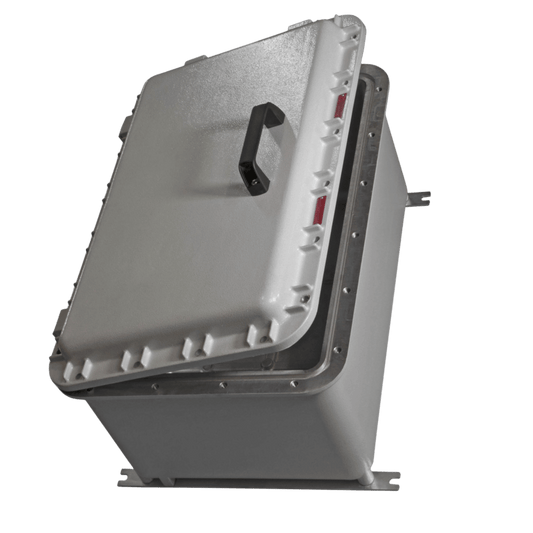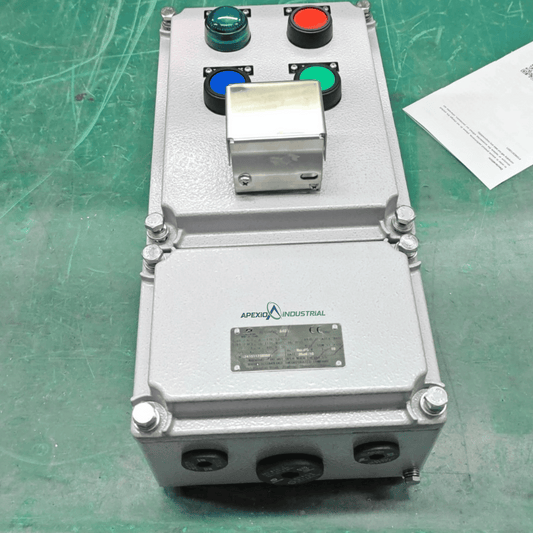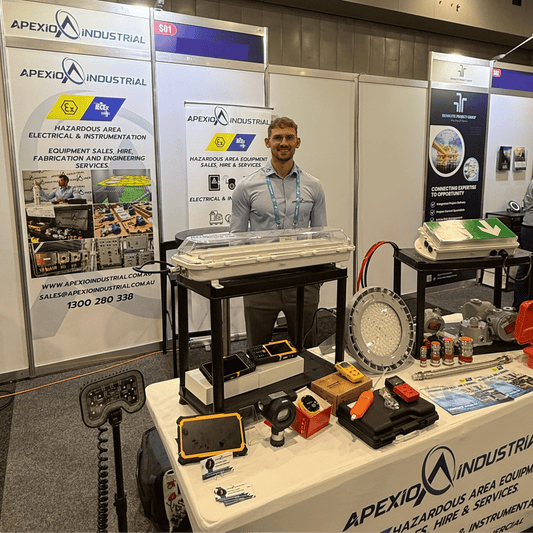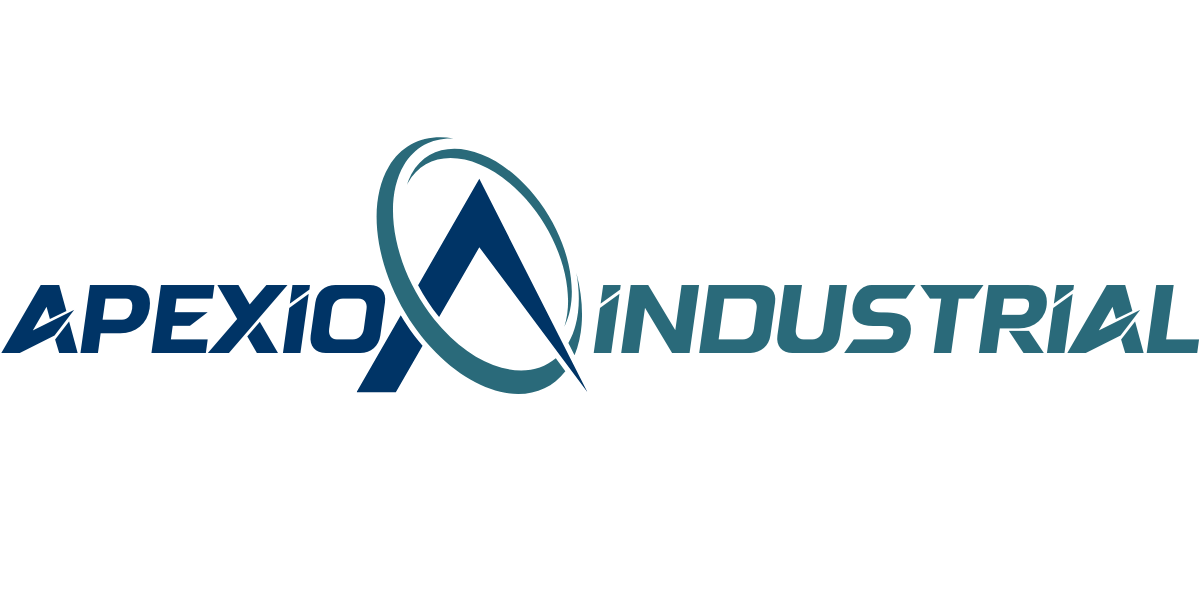News

Achieving Budget-Friendly IECEx - ATEX Light Fi...
In hazardous zones, iecex - atex light fittings often impose significant costs; yet, they are indispensable for safety. Our innovative approach focuses on creating cost-effective solutions, combining sophisticated engineering with...
Achieving Budget-Friendly IECEx - ATEX Light Fi...
In hazardous zones, iecex - atex light fittings often impose significant costs; yet, they are indispensable for safety. Our innovative approach focuses on creating cost-effective solutions, combining sophisticated engineering with...

Explosion-proof (“Ex d”) joints — what they are...
1) The simple idea (but a tricky reality) An Ex-d enclosure is designed to contain an internal explosion and let the hot gases vent through controlled “flamepaths” (the joints) so...
Explosion-proof (“Ex d”) joints — what they are...
1) The simple idea (but a tricky reality) An Ex-d enclosure is designed to contain an internal explosion and let the hot gases vent through controlled “flamepaths” (the joints) so...

GRP vs Stainless Steel Enclosures: Which Is Bet...
In hazardous industrial environments, choosing the right enclosure for control stations and junction boxes is more than a matter of preference — it’s a decision that directly impacts safety, reliability, and...
GRP vs Stainless Steel Enclosures: Which Is Bet...
In hazardous industrial environments, choosing the right enclosure for control stations and junction boxes is more than a matter of preference — it’s a decision that directly impacts safety, reliability, and...
Essential Guide to Intrinsic Safe Circuit Prote...
In an increasingly unpredictable world, how can industries ensure utmost safety in hazardous areas? This essential guide explores intrinsic safe circuit protection for IECEx standards of hazardous areas. By implementing...
Essential Guide to Intrinsic Safe Circuit Prote...
In an increasingly unpredictable world, how can industries ensure utmost safety in hazardous areas? This essential guide explores intrinsic safe circuit protection for IECEx standards of hazardous areas. By implementing...
Continuous Emissions Monitoring (CEMS) and IECE...
Continuous Emissions Monitoring Systems (CEMS) are vital tools for Australian industrial facilities to ensure compliance with air quality regulations. By continuously measuring key stack gases, CEMS help operations (mining sites,...
Continuous Emissions Monitoring (CEMS) and IECE...
Continuous Emissions Monitoring Systems (CEMS) are vital tools for Australian industrial facilities to ensure compliance with air quality regulations. By continuously measuring key stack gases, CEMS help operations (mining sites,...

Hazardous Area Lighting Solutions | IECEx &...
Understanding Hazardous Area Lighting in Explosive Atmospheres When working in environments with flammable gases, vapours, or dust, selecting the right lighting isn’t just about brightness—it’s about safety, compliance, and...
Hazardous Area Lighting Solutions | IECEx &...
Understanding Hazardous Area Lighting in Explosive Atmospheres When working in environments with flammable gases, vapours, or dust, selecting the right lighting isn’t just about brightness—it’s about safety, compliance, and...
